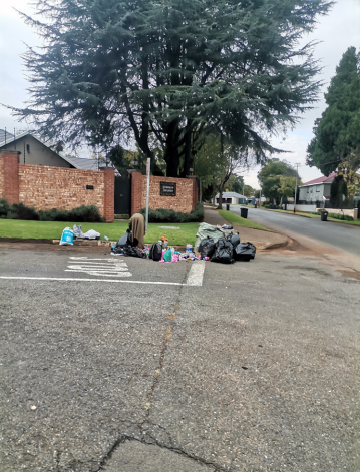Embodied infrastructures and the spatial imagination of mobilities
‘Following’ street waste-picker bodies within and among critical urban waste networks of Johannesburg

01 June 2025
African Urban Planning Research Network (AUPRN)
English
Journal article
Africa
This article posits that the unnoticed and unseen (invisible) aspects of street waste-picker mobilities are an intimate part of the regime of human/waste mobilities and the maintenance of critical urban operations. Street waste-pickers are commonly known to make a living from accumulating and selling recyclable material (waste) and operate on the streets of the urban as a visible and common phenomenon. However, through their everyday management of waste and spatial movements within the urban, street waste-pickers contend with urban displacements, poverty and general social exclusion within everyday urban spaces, dimensions which are often rendered invisible in the context of street waste-picker mobilities. Highlighting the invisible dimensions of street waste-picker mobilities shows how the body functions as a form of infrastructure in distributed form and suffers attritional decay through its entanglement with poverty in the urban. This article builds on and contributes to the conceptual development of the notion of ‘infrastructural violence’ and builds on more recent work on bodies as infrastructures to highlight aspects of ‘slow infrastructural violence’. It contributes to this body of knowledge by positing the ‘following’ method as a mechanism that reveals the invisible and backgrounded socio-material networks that entangle marginalised bodies as intimate parts of urban infrastructure. The article demonstrates this through ‘following’ street waste-pickers and revealing their everyday relations with movement, spatial organisation and everyday exclusion.
Abstract based directly on original source.


Comments